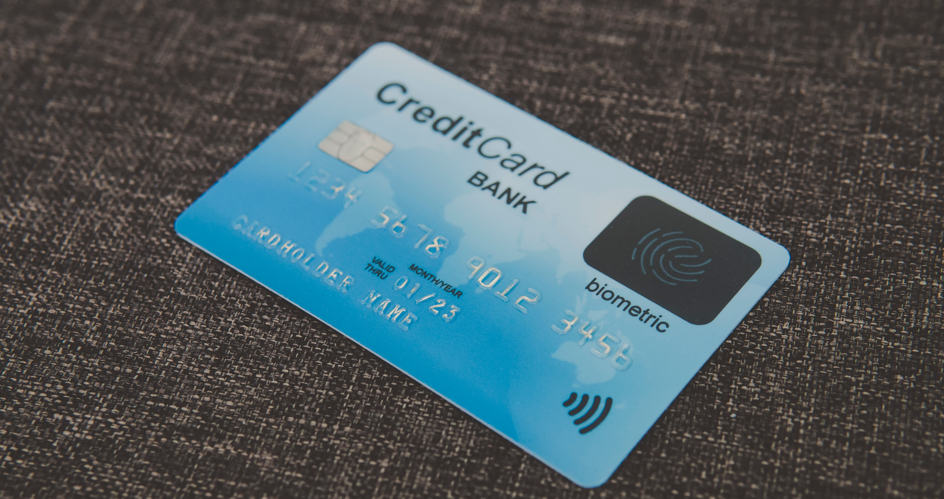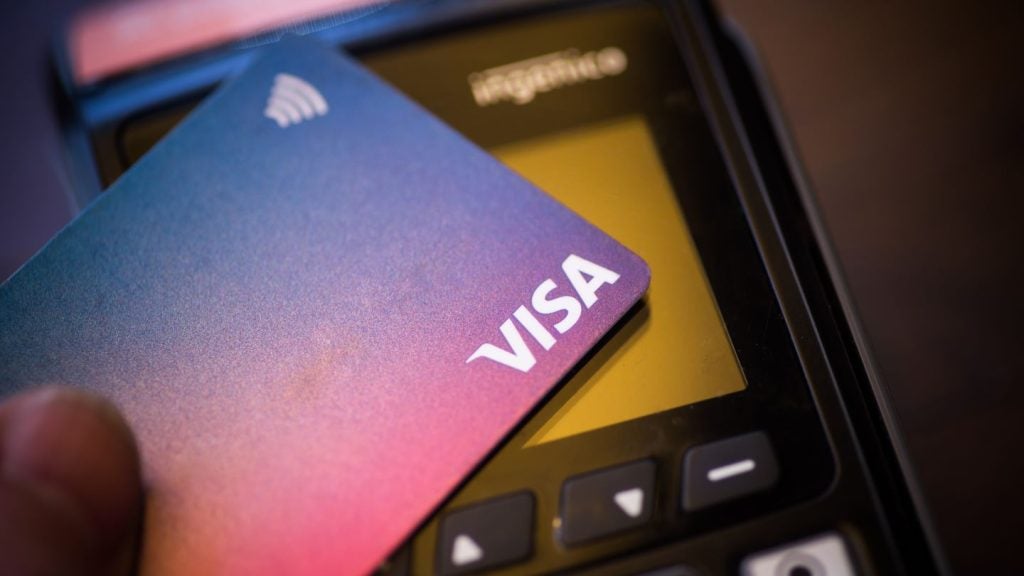
Biometric Payment Cards Poised for Mega Growth
Approximately three billion payment cards are issued every year globally, but this was not achieved overnight. When chip and pin was introduced in 1985, it took 18 years before one billion cards were issued annually.
Contactless – the next tech advancement – took just eight years to achieve the same volume when the solution came to market in 2007.
Integrating biometric authentication into payment cards is the next natural evolution for the ecosystem as issuers seek solutions that give their customers the security and convenience that they demand. BPCs are an efficient, trusted, safe and simple-to-use payment solution, and with adoption already rising, 2023 looks primed to be the year in which these solutions are deployed at scale. But what is driving this demand and how can issuers successfully integrate BPCs into existing payments architectures?
Driving the demand
The expectation is that over the next three to four years, the market for payment cards will continue to grow at speed. The industry predicts that more than three billion cards will continue to be issued annually in the coming years, with contactless cards to have 90-95% penetration globally by 2026.
Customers expect them to provide a seamless checkout journey, but this cannot come at the expense of security.
Biometric solutions allow individuals to authenticate themselves in a more convenient and robust way than traditional methods such as PINs and signatures. Currently, in most markets, contactless solutions have a spending limit before a user must once again authenticate themselves with their PIN in a process that significantly slows down the transaction. Using a fingerprint sensor to authenticate the transaction can be done without the need to insert the user’s card into the terminal, therefore allowing the cap on transactions to be removed while providing all the convenience of contactless payments.
How well do you really know your competitors?
Access the most comprehensive Company Profiles on the market, powered by GlobalData. Save hours of research. Gain competitive edge.

Thank you!
Your download email will arrive shortly
Not ready to buy yet? Download a free sample
We are confident about the unique quality of our Company Profiles. However, we want you to make the most beneficial decision for your business, so we offer a free sample that you can download by submitting the below form
By GlobalDataThe technology is ready and the growing number of pilots demonstrates that the ecosystem is similarly ready for widespread deployment.
Seamless adoption
The opportunity for an ambitious scaling up of BPCs is clearly evident; and the ease of adopting them makes this all the more likely. One of the many hurdles that both chip and PIN and contactless had to overcome was the installation of new terminals.
BPCs do not require any change in existing infrastructure as legacy POS terminals do not need to be replaced. As such, there is no penalty for merchants, they do not need to invest in adoption for this new type of card.
Adoption will also be helped by customers’ familiarity with such solutions. Biometric authentication has already been incorporated into the majority of smartphones, and within this use case, fingerprint sensors remain one of the most common deployments. Coupled with the fact that they will not need to learn how to use new POS terminals, customers are clearly ready for biometrics use cases to expand into payments.
Embracing digital solutions and finding the right solution
Some may cite the rise in mobile wallets as a constraining factor but, for a card to be stored in a digital wallet, a physical card must be issued too. The majority of people still use card-based solutions for physical payments. In fact, credit cards (40.5%) and debit cards (22.8%) remain the preferred payment methods for most consumers.
Biometrics are a staple of everyday life for most consumers, but we are only seeing the beginnings of the success found in mobile technologies translating across to the card ecosystem. 2023 promises to be a crucial year. With estimates that millions of BPCs will be issued annually within the next five years, issuers must make sure they are at the forefront of this revolution or risk losing their top-of-wallet status.
These solutions promise to be integral to the future of payments but getting the deployment right is crucial. Onboarding banks and customers as efficiently as possible is key to retaining customer trust.
With years of learnings from biometric payment projects across the world, Zwipe is dedicated to helping card makers and issuers successfully navigate through all stages of bringing BPCs to market. From initial pilots to the final roll-out, it delivers products, enrolment solutions and support services to card makers, personalisation bureaus, banks, fintechs and financial institutions.

Robert Puskaric is CEO of biometric solutions provider, Zwipe








Related Company Profiles
Zwipe AS